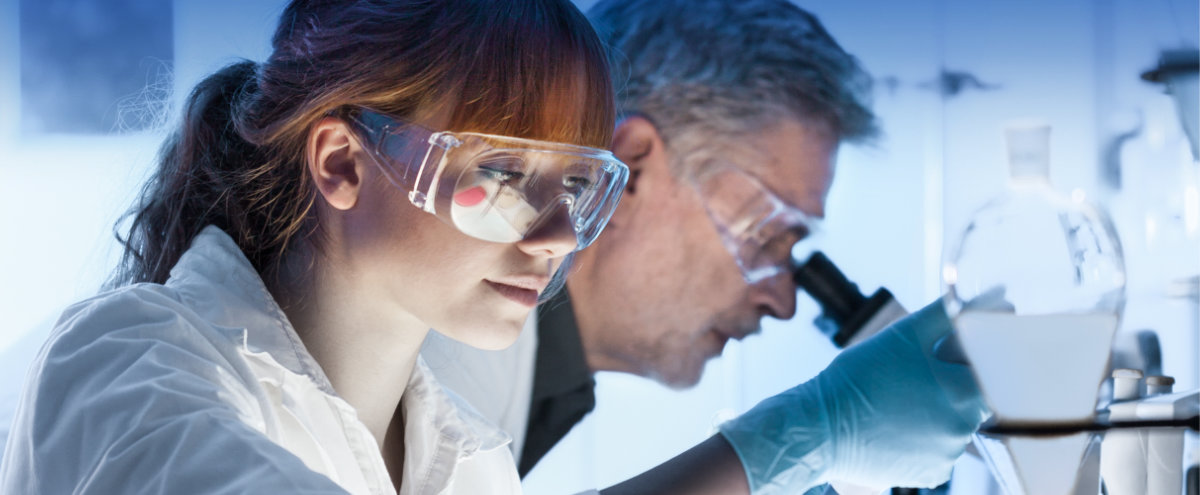Unraveling the molecular basis of immune signaling
ApplyProject Description
All animals and plants form ‘holobionts’ with a myriad of microorganisms. Accordingly, all organisms have evolved sophisticated immune mechanisms to fight pathogenic microbes, while attracting and nurturing beneficial ones. We use biochemistry, biophysics and structural methods such as X-ray crystallography, small angle X-ray scattering, nuclear magnetic resonance, cryo-electron microscopy and AI-based predictions to reveal the 3D structure of protein complexes involved in controlling the immune system. The student will be embedded in a team of structural biologists and will work on protein production, biophysical and 3D structural analyses. In KAUST we have access to state-of-the art instruments, including last-generation TITAN KRIOS electron microscopes, and high-field NMR; X-ray analysis is performed in France. Prior wet-lab experience would be a plus.
 Division -
Biological and Environmental Sciences and Engineering
Division -
Biological and Environmental Sciences and Engineering
About the
Researcher
Stefan Arold

Desired Project Deliverables
The student will be embedded in a team of structural biologists and will work on protein production, biophysical and 3D structural analyses.

